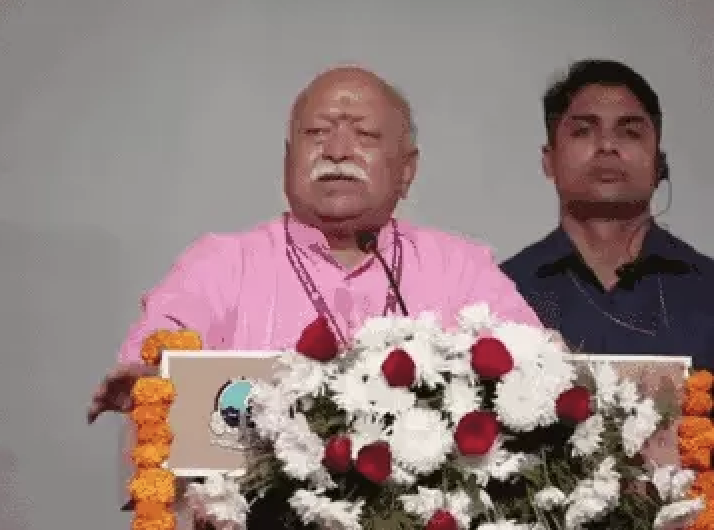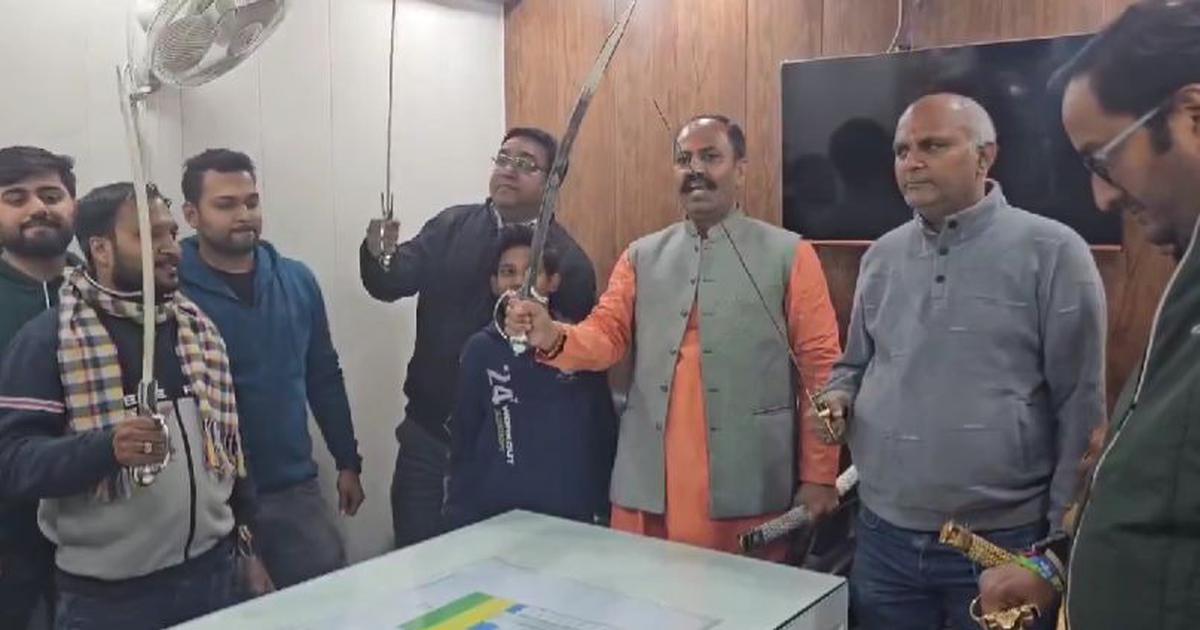By
“A Prophet is without honour in his own country. Substitute ‘Citizen’ for ‘Prophet’ and you will get the gist of the various writ petitions filed under Article 32 of the constitution of India assailing Section 6A of the Citizenship Act.” This has been the beginning line of one of the very early judgements (17.12.2014) passed by the Hon’ble Supreme Court on the NRC-update process for Assam.
Undoubtedly, the scenario is immaculately portrayed by the hon’ble supreme court. The situation ran into by the two major linguistic groups in Assam, the Assamese and the Bengali, during last one-and-a-half century has always demanded a resolution towards a cohesive coalition.
Unfortunately enough, starting from the formation of the province in 1874 to the Partition of 1947, from the formulation of Assam Accord up to the initiatives towards implementation of the clauses therein and recent initiatives towards implementation of CAA – all have only added volatility to the socio-political domain of the state, creating a shadow of disbelief, malice and chaos in the region.
Such forced coexistence always has added a sense of fear psychosis among both the communities making this coexistence somehow thrust upon them and thereby a feeling of threat to their rightful existences. An undercurrent of disbelief among these two ethnolinguistic groups for centuries is still visibly surviving. There lies the crux. The attempt to assuage partition victim ‘Hindu Bengalis’ through the offer of CAA has only added flare to this chaos.
Apparent relaxation of citizenship rules for the ‘immigrants’ by enacting CAA has irked the Assamese furthermore who have been striving for their linguistic sub-nationalism for decades, better to be said – for centuries. The entire episode seemingly resulted in a zero-sum game. Of course, not for the electoral politics of the state, which has been surviving on this platform of the linguistic divide.
Partition is still alive in Assam. Swayam Prakash in his famous short story ‘Partition’ lamented – ‘It’s (Partition) not over yet. It’s happening – each moment, each hour!’ In Assam, this is dangerously visible. Sylhet referendum, conducted on 6 and 7 July 1947, has led to the disintegration of Sylhet which has earlier been annexed to Assam province, along with Goalpara, in 1874 by the British rulers for conferring economic viability to the then newly formed province. Sylhet, which was an integral part of the Assam province since 1874, was torn to pieces in the wake of the 1947 referendum.
From Bengal to Assam province and then to (East) Pakistan: Bengalis of Sylhet were subjected to forced partition time and again. This time, during the partition of 1947 following the Redcliffe Boundary Commission award, Sylhet was bifurcated and a truncated part comprising of three and a half thanas was allowed to remain within Indian territory along with the people residing in that land, the rest was swamped to East Pakistan. Rohini Kumar Chowdhury was the only Assamese politician at the time who spoke out against the referendum. He warned Gopinath Bordoloi and other leaders of the party not to make this mistake: “the problem would persist but not the land, so don’t go for a referendum.”
The problem persisted as presumed by Rohini Kumar Choudhury. The ‘two-nation’ theory implemented in the backdrop of the Hindu-Muslim dichotomy aggravated the bad blood between the two communities further. The sizable influx of Hindus from the axed part of the Sylhet to Assam was never accepted by the khilonjia (indigenous) Assamese who always sought to form a homogenous province based on their linguistic nationalism. In fact, that has been a century-long struggle for Assamese ‘sons of the soil’ who subscribe to the feeling of deprivation out of intrusion in their birth-rights by the migrated Bengali Hindus. On the other hand, the Bengalis residing in Assam, consequent upon attachment of Sylhet and Goalpara regions in Assam in 1874 along with the residents of these regions, are also indigenous in the state. Since then, the complexity of such Assamese mass psychology and the statelessness, landlessness situation of the Bengalis have evolved further and never shown any sign to converge to the point of unison in Assam.
“The problem of Assam is a vexed one and there is no tailor-made solution for its resolution” – renowned historian, social scientist Sujit Choudhury has rightly said in his monograph ‘A God-sent opportunity?’. Truly, the partition is still alive in Assam and the long-cherished goal of the Assamese ‘sons of the soil’ in attaining a linguistically homogenous nation-province has remained unachieved till now.
The enunciation of the Assam Accord in 1985 after six-year-long Axom Andolan (1979-1985) has been a ray of hope for them, but a majority part of the Accord has remained unattended, even after thirty-five years of its coming into being. Of course, Clause 5 therein has been incorporated within the Citizenship Act 1955 as a special clause 6A dedicated for Assam, based on which the NRC update process has been conducted.
The exclusion of 19 lakh people from the updated NRC published on 30 July 2019, almost all of whom are Bengalis, could not satisfy the khilonjia gentry who feel that this number is meagre than their expectation. Meanwhile, almost simultaneously, the enactment of CAB into CAA in December 2019 has raised the fury level of Assamese so much so that an appreciable section among them have gone for anti-CAA agitation all through the state, except the Barak Valley region of the state which is mainly Bengali populated.
Presuming such furore and with the intend to assuage the inflame, just before enacting CAB into CAA, the Government stepped forward with a new contrivance – steps towards implementation of Clause 6 of Assam Accord which vows to provide “constitutional, legislative and administrative safeguards…….to protect, preserve and promote the cultural, social, linguistic identity and heritage of the Assamese people.”
A high-level committee was formed by the Central Government on 16 July 2019 for recommending measures to implement the Clause of the Accord. The committee submitted its report in due course of time in February 2020. But, more than a year elapsed, still the report has been kept tied under red tape.
It is worthwhile to mention here that, this initiative of framing Clause 6 of Assam Accord into law has been taken by the Bengalis like a crimson cloud apprehending this to be another attempt to shrink their horizon. Here, again, a question has been raised on the definition of ‘Assamese people’ – whether it encompasses all citizens residing in Assam or only refers to khilonjia Assamese is yet to be ascertained.
With the changing demography of Assam since the last century, the present Bengali population in Assam is appreciable, 28.91% as per the linguistic data based on the 2011 census.
The significance of the Bengalis in the political horizon of the state, mainly of the Bengali Hindus cannot be negated now, as like that of the Bengali Muslims brought to Assam province by the British rulers from the over-populated East Bengal who returned their mother tongue as Assamese, could not be nullified in the electoral politics of the state during the initial post-partition era for preserving and upholding the Assamese supremacy in the state. CAA is said to be one such measure to woo Bengali Hindus in electoral politics.
However, despite month-long anti-CAA agitation in the state, with a death toll of five, the impact of this anti-CAA protest has faded gradually as reflected in the result of the recently concluded assembly election in the state.
Further, the very recent implementation of this CAA in the thirteen districts of five states barring Assam has not attracted any visibly adverse response from the Bengali Hindus of the state who are left out of this offer. Neither, there has not been such a cry for the implementation of Clause 6 of the Assam Accord for the last year or so.
Political analysts apprehend that the century-old strive of the ‘khilonjia Assamese’ in establishing their concept of nation-state based on Assamese sub-nationalism has faded out at the burgeoning Hindu-nationalism in the state. The politics of language has seemingly been overpowered by the politics of religion.
Noted journalist of Assam Sangeeta Barooah Pisharoty in her book “Assam – The Accord, The Discord” writes – “Having deliberated on the Assam imbroglio, what comes across to me is that, the biggest challenge the indigenous communities of Assam is staring at is whether to remain an Assamese, or a khilonjia first, or bow to a rising wave prominently enacting since 2016 in the state to be a Hindu first.” (p 403-404)
However, the conjecture of ‘insiders’ & ‘outsiders’ remains alive in the conscience of the khilonjia Assamese, so also the wrath of partition among the migrated Bengalis. The conflict of interest relating to jus soli and jus sanguinis continues in this land which has been the witness of so many vicissitudes based on linguistic assertions, based on the weather of disbelief among its constituent linguistic communities. The efficacy of the term ‘partition’ remains high still now, in this third decade of the twenty-first century.
With no fruitful and healthy outcome on attaining a linguistically homogenous state in the last couple of centuries and given the political scenario prevailing in the state, now it’s time for Assam to rise above all electoral politicking and weather out all shadows of disbelief and conflict. The mindset of Assam should be veered round to move on, banking on its vast potentiality.
With the present demographic texture of the state, an attempt towards strengthening its linguistic multi-variety would only come into count for the emergence of the state as a reckonable power of India in the context of economy, in the context of human resources. The state should concede to this. Transforming from this chaotic dissonance to peaceful coexistence is the need of the hour.
This story first appeared on eastmojo.com






